You’ve done so much work these past few months to get to this point. You’ve spent hours on the road and on the phone and behind a screen tirelessly finding pathways to those that will share the best news ever at your camp this summer. You’ve initiated background checks and sent staff agreements and made big boards of needed positions. It’s almost time. Your staff are coming.
Now that we have them, we need to keep them, and hopefully even lay the groundwork for next year’s staff as this summer progresses. We’ve followed the trends of staff recruitment, hiring, and retention over the past few years. It’s no secret that mid- and post-pandemic staffing realities were, shall we say, tough (insert Captain Obvious memes here). Not only was it hard to find staff, but the pandemic, combined with low unemployment rates, made for an environment that had us working overtime on staffing. Thankfully, most camps reported a lightening of that load last summer and it seems that has continued into this summer, with some camps having extra staff they can share with others, and some leaders reporting earlier “fully-staffed” milestones.
So how do we create the experience and community it takes to not only keep staff around for the full summer but also sets you up for future-summer success? Let’s see if these 6 rhyme-y tips can help lay that foundation right now, as we wade into the summer ahead.
From first opportunity, create staff community
It all starts here. The research supports the fact that the summer ministry goes the way of the summer staff. Those young adults are the heart of your ministry. One of the 3 things those staff members need to thrive in our camp context is community – namely faithful, Christian community. Building the kind of staff community that brings the most impactful ministry starts now, even before they arrive. Here are a few key times to pay attention to:
Pre-Arrival
Before staff arrive, begin creating the culture of connectivity to you and/or your program leaders, and with each other. There are few ways to get there. One, communicate weekly between hiring and the beginning of staff training. This can be a quick, personal check in and/or might be a more formal thing like hiring paperwork. Either way, be certain they aren’t ignored during this liminal time. Second, create a space that works for the team to do some early getting-to-know each other. This might be a text thread that gets updated as new hires join, or could be another space built for conversation like a Discord server, Slack team, or others. They can and should often help create and curate this space. This is a great chance for seasoned returning staff members to contribute to community-creation. Keep the content balanced between conversational or informational.
During Staff Training
This is the vital community curation opportunity for your summer staff team. This is where you set the tone for your staff culture. Vibrant, effective staff community is created through shared experiences. These can happen through a few kinds of activities. One is team building. These are the classic get-to-know-you games and conversations, as well as the shared problem-solving kinds of activities that you do especially early in training. Another one I’ll call inclusive, unstructured fun. They need open space to fill themselves, because their community has to exist independently of you as a leader. It needs to have an organic nature to it. Yes, you are part of it, but in a specific, intentional way. The inclusivity word here matters deeply. While unstructured, the only hard and fast rule is everyone gets invited. Finally, they create community through rigorous, shared, generative training. They should work hard together. You’ve got a lot to cover to train them well, and they will connect because of how focused and creative you’re asking them to be. Plus, give them the opportunity to be creative, generating the final products of things like Bible studies and related activities, games, skits, and more. They’ll connect as they create.
Throughout the Summer
We’ll unpack this more with the ideas below, but community building doesn’t stop after training. It builds and rebuilds throughout the summer and hopefully beyond.
There’s a lot to this one. If you want to dig in more on actionable tips for creating staff community, maybe our training video on this topic would be helpful as either a pre-training self-paced session for your staff, or to watch together and debrief during on-site training.
To build loyalty, treat them like royalty
We want to build a culture in which our staff members are motivated to bring their best. First, you have already been working to get them in the right seat on the bus – a role in which they can use their skills and passions while meeting the need. Then, we affirm them like crazy. When we get busy, which is our near-constant state in summer camp ministry, we’ve always got a next thing to focus on and prepare for. It takes intentionality for leaders to tell your summer staff members they’re doing a good job. Add affirmation to a staff meeting. Put in on the agenda. Be quick, real, specific, and tell stories of their impact back to them. These affirmations should come from 3 audiences: their direct supervisor, the executive leader, and their peers.
Now, to be clear, we’re not handing out cliché participation trophies. These are real, deserved accolades for real, impactful actions and attitudes.
For goodness sake, give them a break (& teach them to take it)
A culture of fully taking and maximizing break times will have a positive impact on your staff. If you haven’t told them so and showed them so before, be sure to do both this summer. Our friends at organizations the Alliance for Camp Health have plenty of research-backed evidence that health and wellness among staff. This has even lead to creation of programs like CampWell, designed to guide participants to identify, understand, cultivate, and create a community of well-being. Paying attention to their mental and physical health can be the difference in them having the capacity to stick around through the entirety of the summer.
For those that have been in camping ministry for a long time, we get the sense that the tides have shifted a bit in the last decade or two. Getting these young adults to actually take their breaks may not be the problem, but encouraging them to rest well and maximize their daily breaks and off times may be trickier than ever. Many of these digital-native young adults have had a screen in their face from a young age. They’ll default to this posture during these break times. Camp is a place for unplugging, and that doesn’t change during a break. Train them to make wise choices with their time. Encourage them during staff training to make a punch list of great break time options that feed their body and spirit. Equip them with tools or resources (like Holy Ground) to ensure they’ve always got an option to rest, read, relax, and truly rejuvenate.
If you want to retain, you need to re-train
We pack so much into our pre-summer staff training experiences. That’s a good thing, and at the same time, like we heard in our conversation with the ACA’s Senior Director for Research and Education, Laurie Browne, there are limits to human capacity for training, particularly in things that are abstract. Continued training beyond the immersive front-end experience can help keep them as energized, engaged, and equipped in week eight as they felt in week one.
There are two primary models for retraining that camps seem to use, some with a hybrid of both. One would be another immersive mid-summer training session. These are typically a few days long in a time that makes sense in the camp schedule. It may be full-staff or focused on a specific group or groups. This is a great model for working through adjustments to key programs or curriculum, catching some training sessions that had to be pushed from the initial week(s) of training, or for catching up staff who weren’t able to be part of the first round.
Another model I’ll call “micro-training.” This idea involves building smaller, usually hyper-specific training sessions into other gathering times like staff meetings before, during, or after a week of camp. These sessions may be in response to a certain topic that needs to be addressed or improved, designed to prepare for specialized weeks of camp, or take an opportunity to hear from a guest that is able to be on-site during a certain week of camp. (We’re happy to be one of those voices if it’s helpful.)
Consider what fits your camp culture and schedule for this summer, and get a re-training plan set up.
To make them great, evaluate
Somewhere around the middle of the summer, when there has been time to try things and find rhythm, and also still weeks of good work to do, prioritize a one-on-one evaluation conversation with staff members. The key word here is conversation. These can be a powerful ways to connect with staff members on a deeper level, hear how they’re really doing (as many put on a brave face if thing are hard), and maximize their potential for the weeks ahead. A simple agenda for this conversation could look like this:
- How are you…really?
- When have you been at your best?
- Where do you need support?
- What role do you see yourself in next summer?
Did you notice that last one? Staff recruiting for next summer starts this summer. Let’s dig in to that just a bit more.
Don't just reboot, early recruit
Let’s say it again. Recruiting for next summer starts this summer. This is true in a couple of ways. We all know the value of returning staff. They are easier and cheaper to find, they already know how things work, and they are often great camp advocates. The best way to create a pathway for staff to return is to help them have a great experience this summer. Your intentionality in designing a great staff experience is a good ministry decision and a wise business decision. Starting from scratch each year has contributed to burn out many a program director. So don’t think of each season as a full reboot, and get into a year-round recruiting mindset.
So how do we get them poised to return? Here are a few ideas. Again, start asking the question about next summer early, part-way through this summer. Help them begin to see camp as part of their future and a key part of their personal and professional development. This can come during a mid-summer eval, and/or in a formal or informal exit interview at the end of the summer. Second, create space for ongoing connection. Pick a platform (like those mentioned above) that works for your staff dynamic and set a plan in place to bring content and conversation to them in a regular interval throughout the months after camp. Lastly, help them help you. Use these summer staff members for ministry priorities throughout the year. Here are three quick ideas for this:
- Recruiting. Use your summer staff members as helpers and connectors at your recruiting tables at colleges and universities.
- Retreats. Hire your summer staff members over weekends to host guest retreats or serve as leaders for programmed retreats.
- Maintenance. Ask them to volunteer a few days here and there during the year when projects pile up.
These tangible ways of staying connected and engaged increase their likelihood of returning for future summers.
Have a great summer
We’re joining you in prayer for you incoming staff members, and for those that still have roles to fill. May the right people follow God’s call to come. May they abide in Jesus and in the ministry at your camp he’s guided them to. May they be well, for their sake and for that of those they serve. Have an incredible summer.


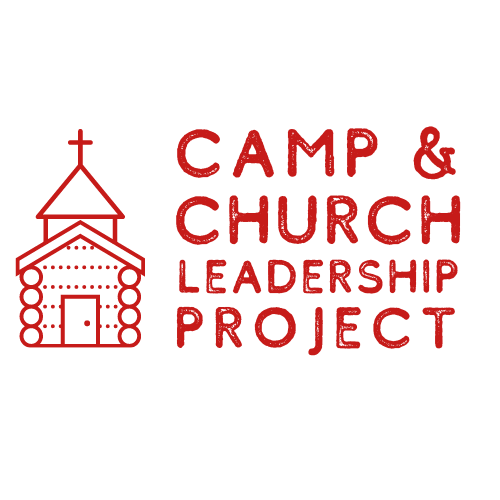
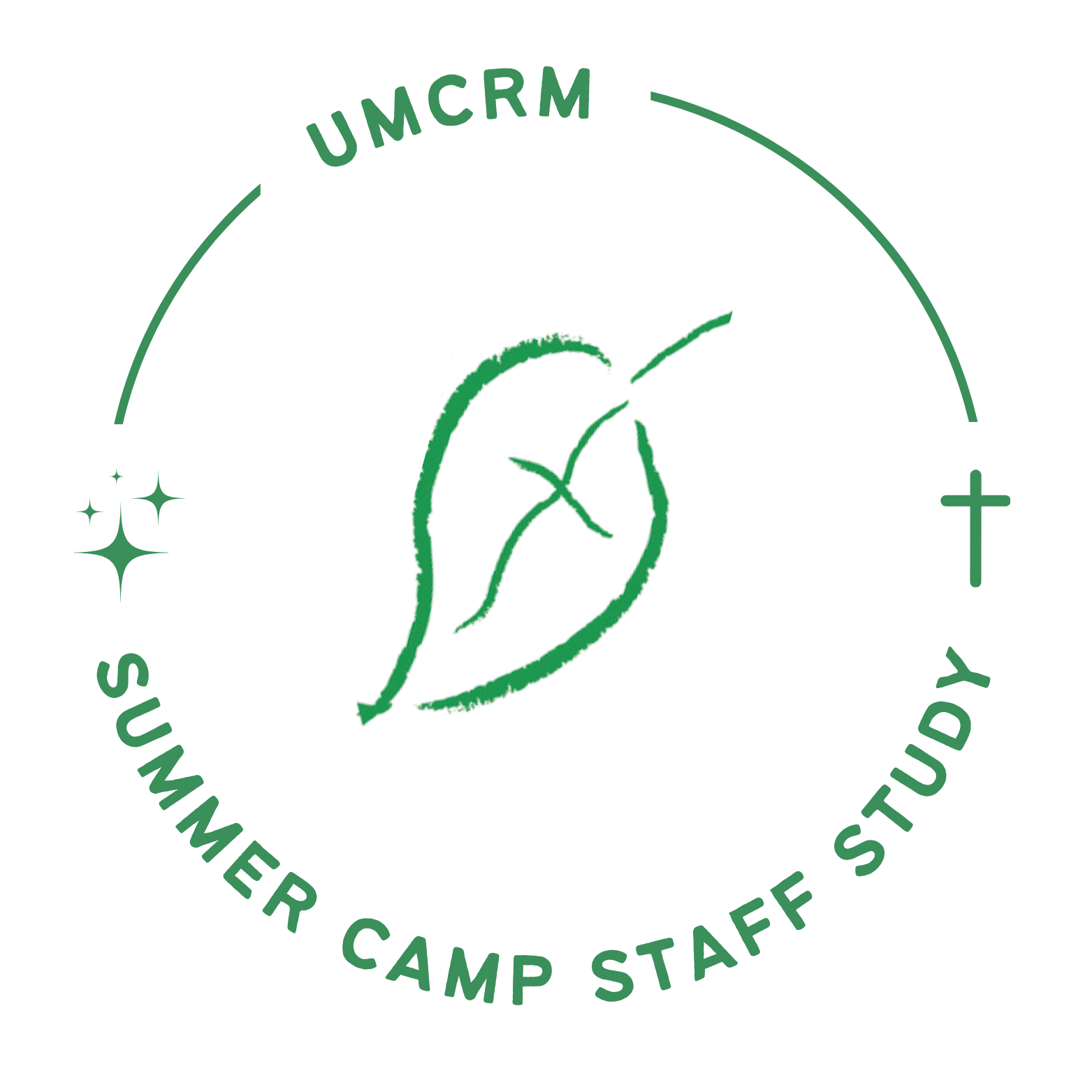

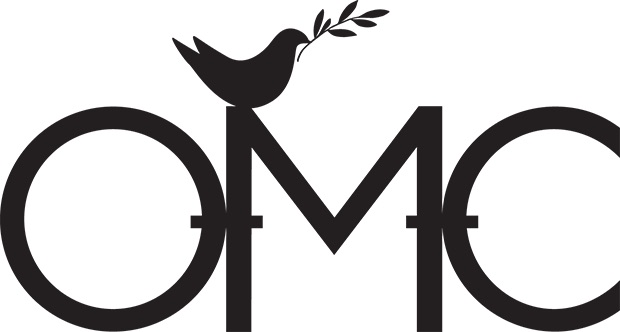
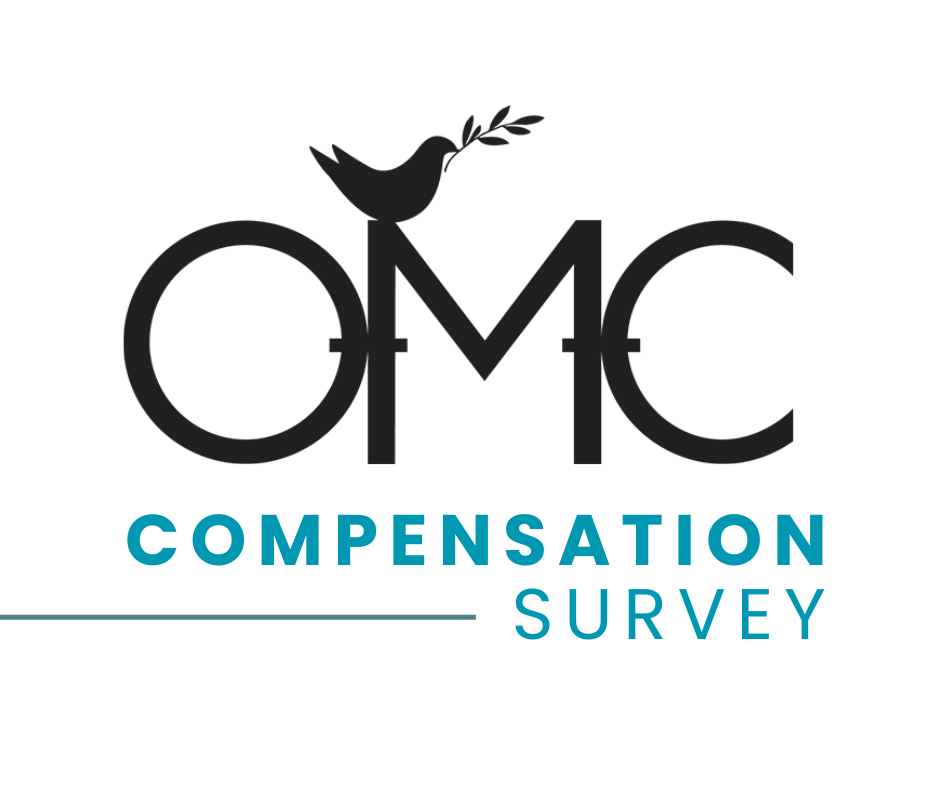


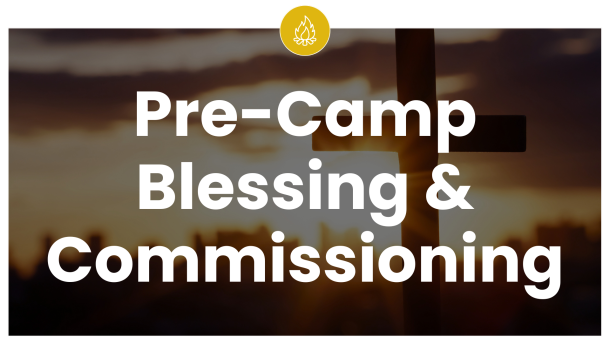
0 Comments